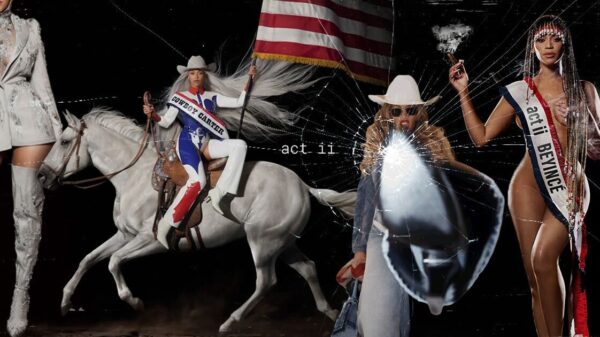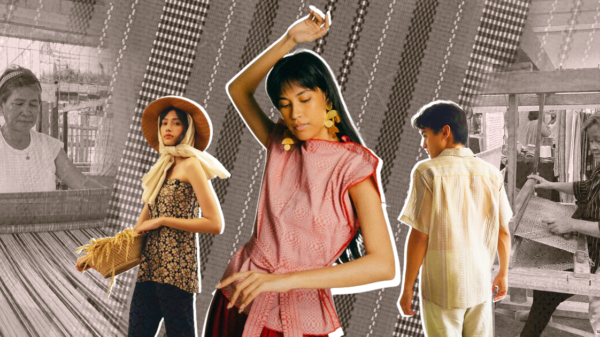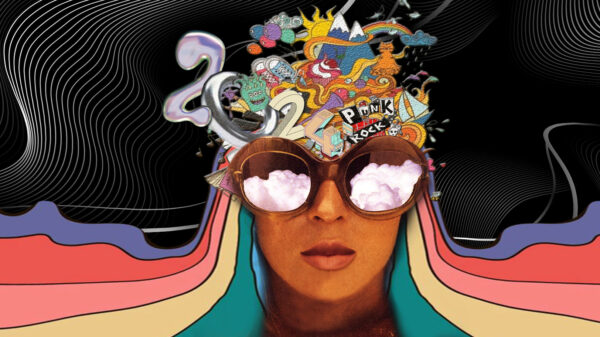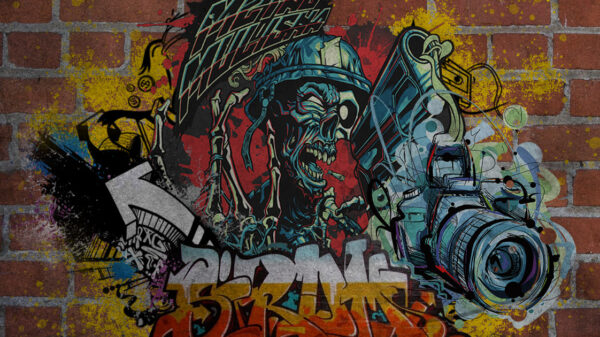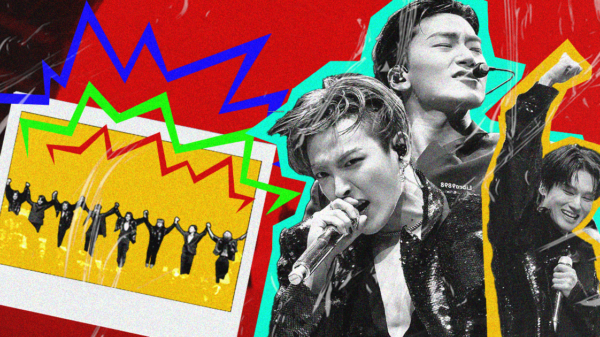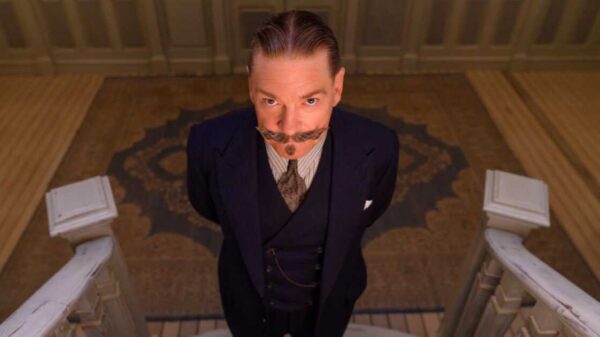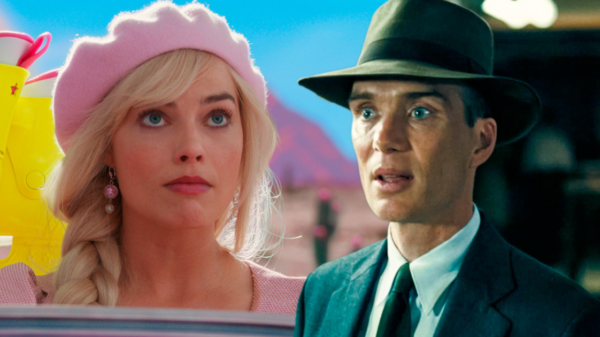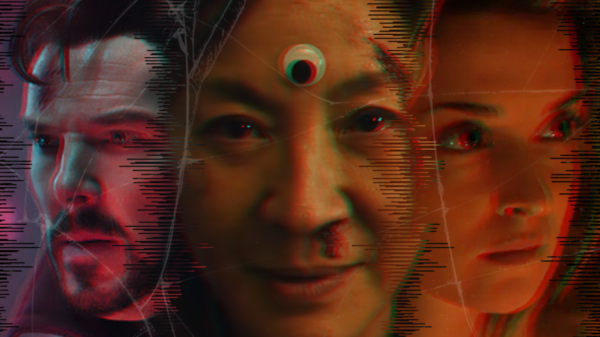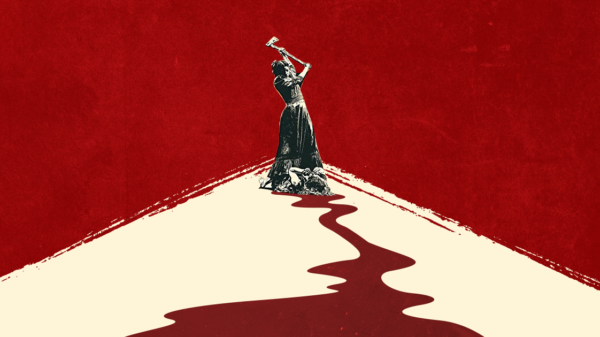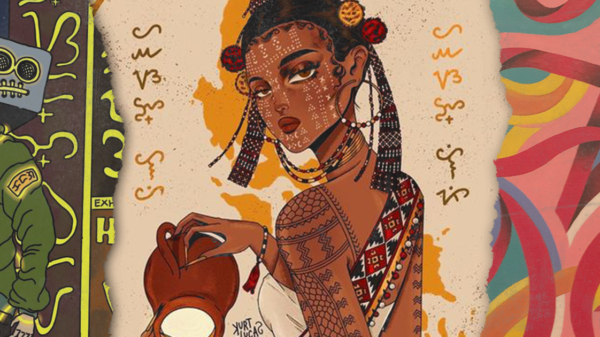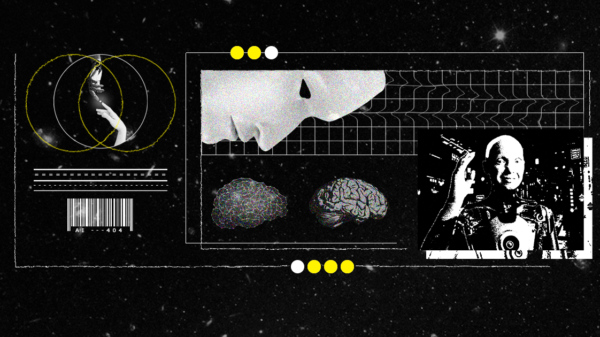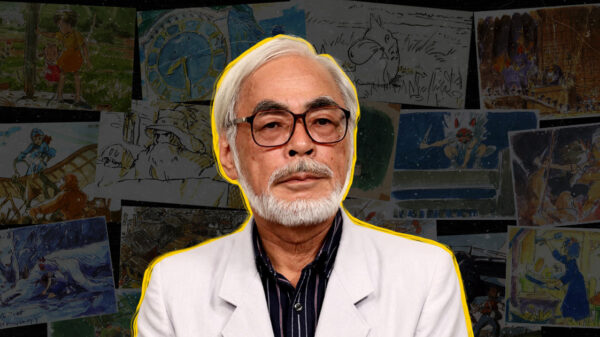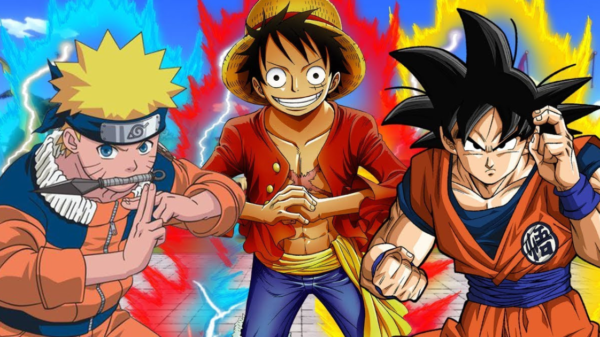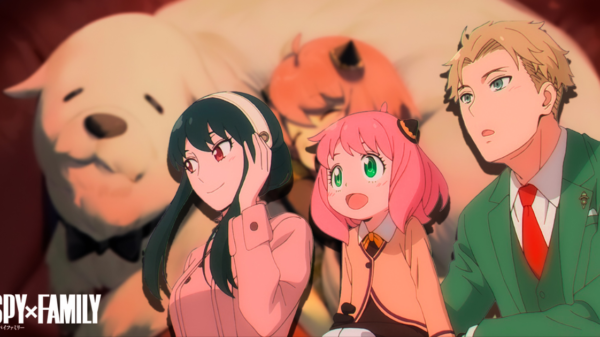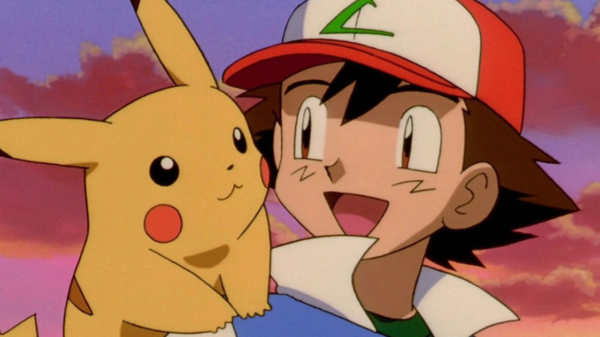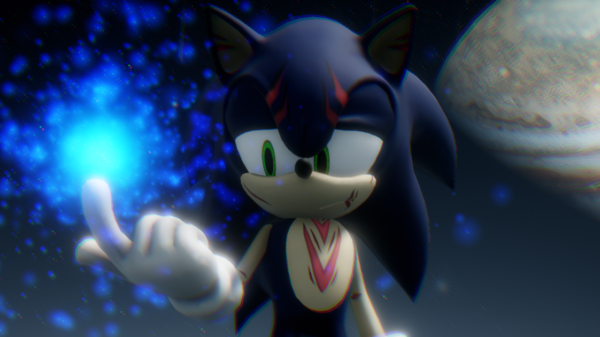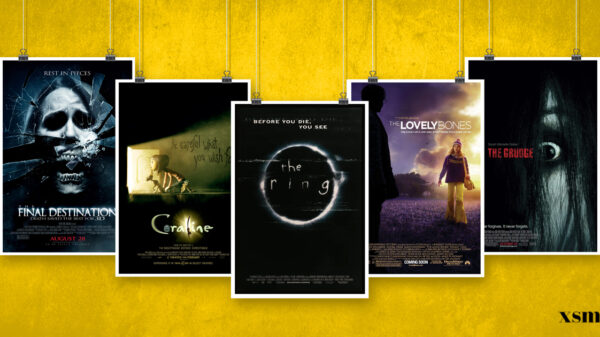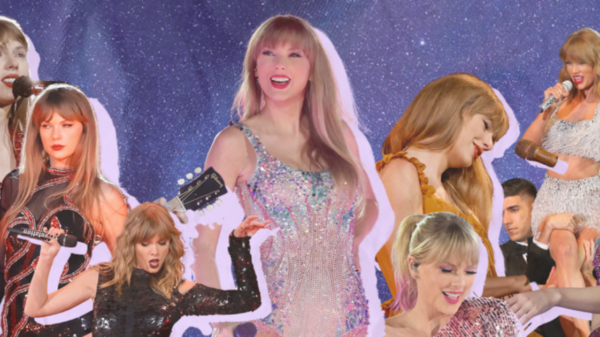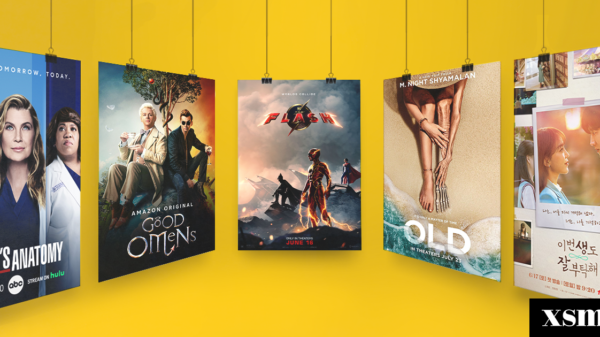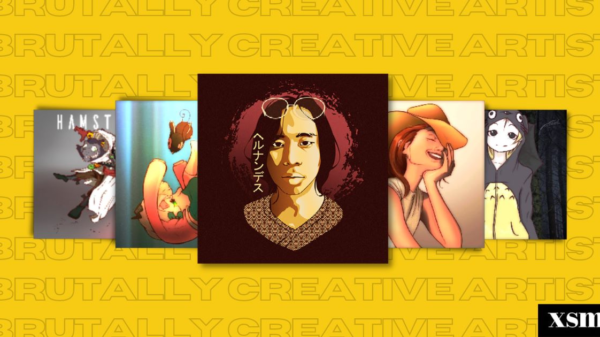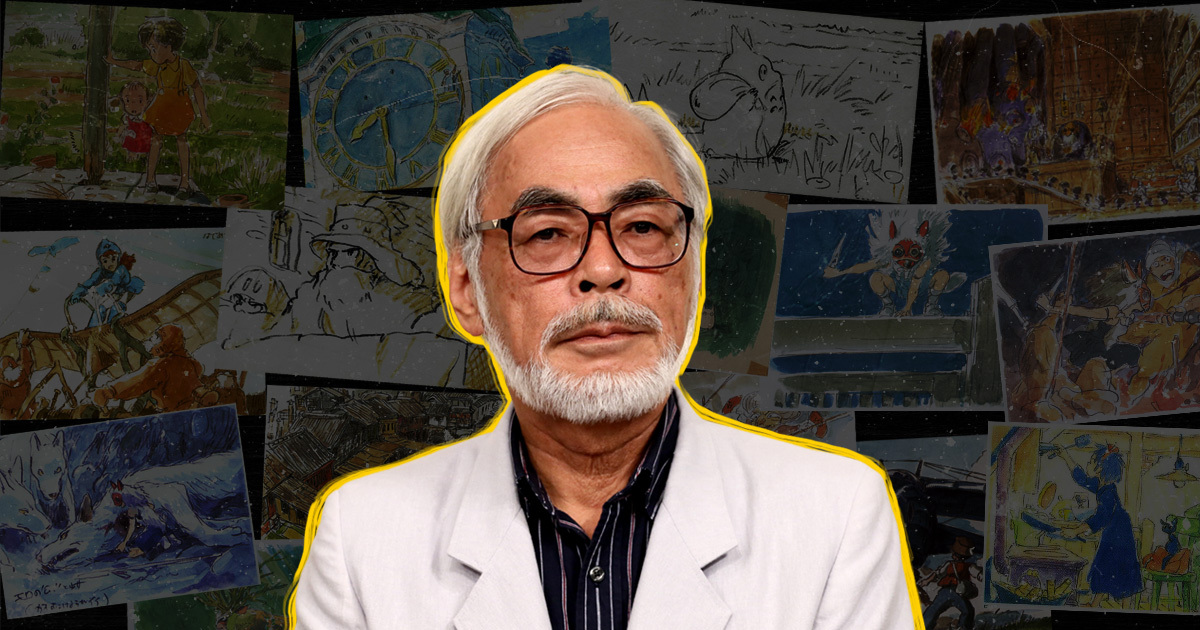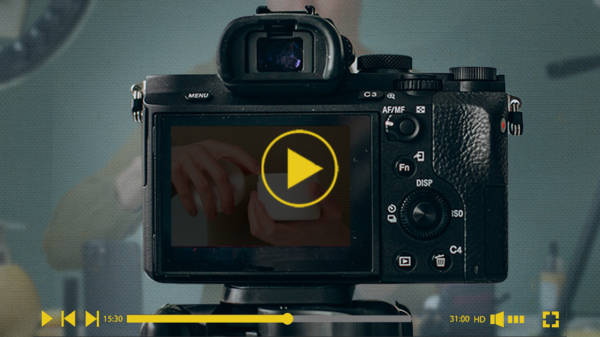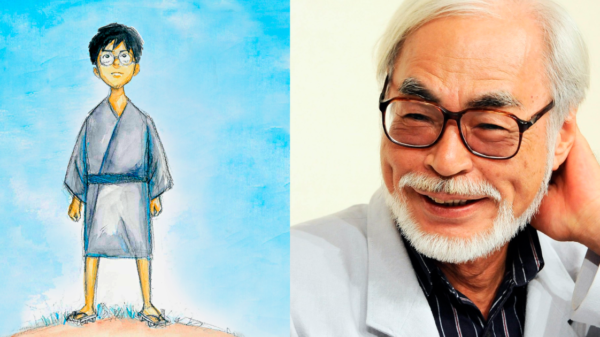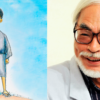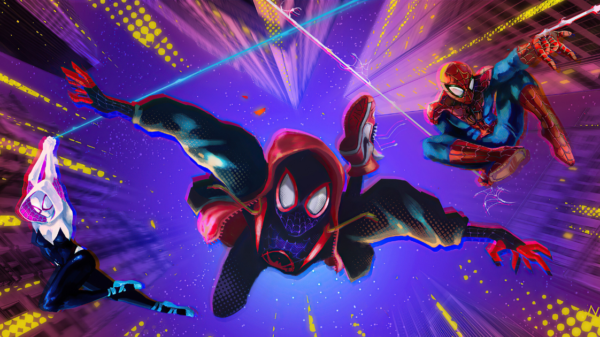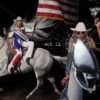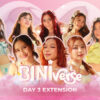Hayao Miyazaki often hailed as the “Walt Disney of Japan,” has left an indelible mark on the animation industry with his one-of-a-kind storyboards. He started to emerge during World War II in Japan’s burgeoning animation industry in Toei Animation, which has profoundly shaped its landscape with his unique storytelling and artistic flair. Miyazaki rises to the occasion, playing a pivotal role in turning his homeland into a mainstream of animation. His unusual approach to animation is like no other can do. His works are deeply influenced by elements of Shinto belief which is the indigenous spirituality of Japan. It carries a deep respect for nature and promotes the belief that spirits or deities, known as ‘kami,’ inhabit all things. This pantheistic worldview can be seen reflected in many of Miyazaki’s films where nature is not just a backdrop but plays an integral role in the narrative.
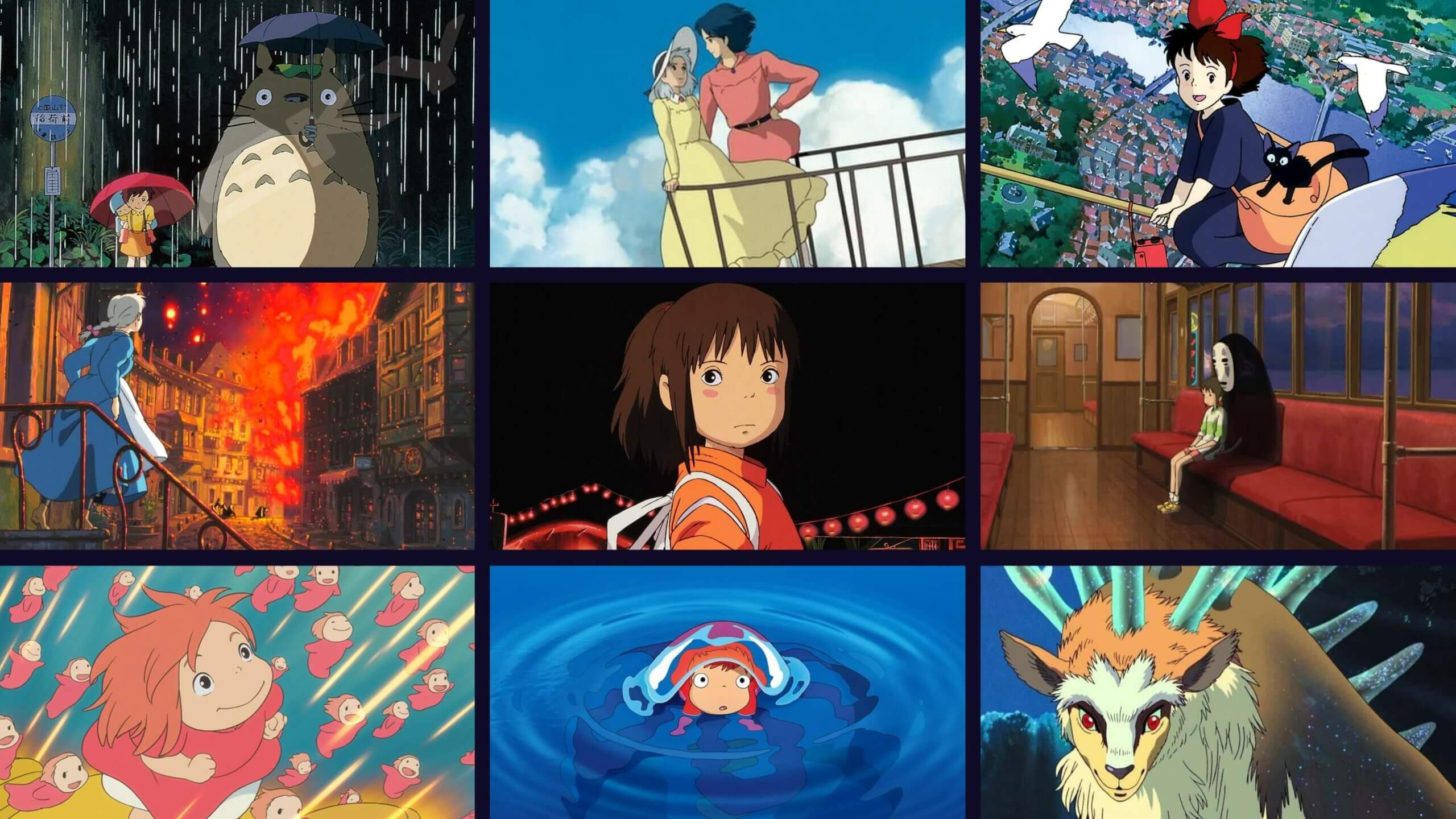
In the realm of animation, storyboarding holds a pivotal role, serving as the visual blueprint that guides the entire production process. In picturing Miyazaki in this world, his unique interpretation of storyboarding has become a signature of his filmmaking style. He uses ‘ekonte’ or ‘continuity sketches’ in his storyboarding process, a technique that lets him creates a spinning complex tales and crafts detailed visual worlds. As his storyboards, they’re not just simple sketches. They’re intricate works of art that encapsulate the spirit of his imagined scenes. They lay the groundwork for the magical worlds and captivating characters in his films. Despite his age, Miyazaki is still working on his next feature, which is reportedly taking a while due to the sheer volume of drawings involved. This unique approach to storyboarding and his unmatched creativity have cemented Miyazaki’s place as a master storyteller in the animation industry. But it makes you wonder, was ‘ekonte’ more common in Miyazaki’s time, or is it a distinctive part of his personal style?
Inside Miyazaki’s Unique Animation Production
Hayao Miyazaki’s animation process beignets with illustration first, not scripts, embodying his unshakeable belief in the magic of visual storytelling. Despite the risk method he doing, this unconventional approach, from initial wireframes to organically evolving narratives, has been key to his tremendous success. Regardless of the rise of CGI and digital paint, Miyazaki’s dedication to hand-drawn animation and his unique production model remains steadfast. His works, distinguished by their emotional depth and atmospheric richness, surpass conventional animated entertainment.
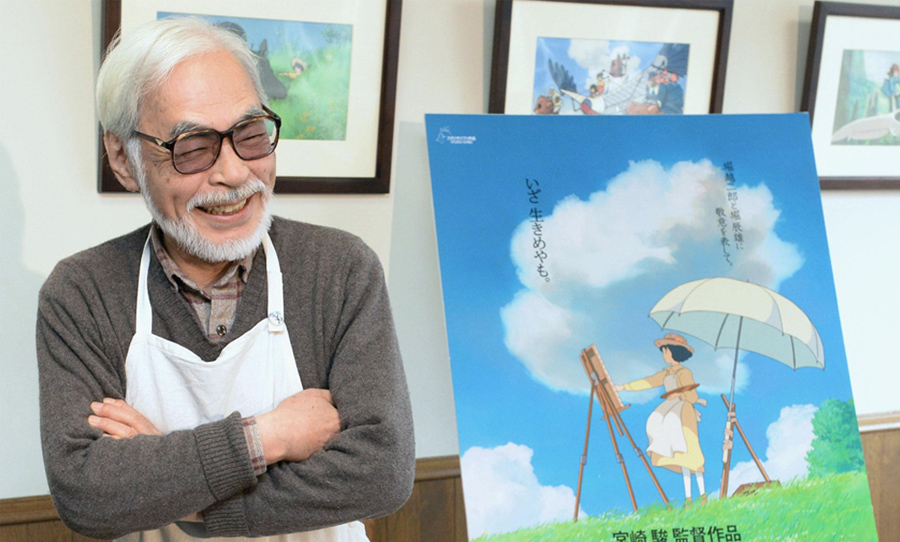
Miyazaki’s films are a reflection of his life-affirming philosophy, evident in his meticulous attention to every scene. His work is celebrated for its visual splendor and profound messages of optimism and hope. He often incorporates the Japanese concept of ‘Ma,’ or ’emptiness,’ into his films. He uses quiet moments to push the story forward, painting a picture of time, place, and character. These ‘Ma’ moments build tension and amplify underlying emotions, often highlighting themes such as the conflict between humans and nature. Take ‘Howl’s Moving Castle,’ for example. A peaceful picnic scene is set against a backdrop of war and destruction, making a powerful statement about the beauty and devastation of nature. This use of ‘Ma’ draws the audience in, letting them lose themselves in the moment.
The Impact of Storyboards
Hayao Miyazaki puts a heavy emphasis on detailed storyboarding as the starting point, rather than a conventional script, which allows his story to grow and change naturally. His storyboards become a living part of the creative journey, often tweaked as the film takes shape, resulting in narratives rich with detail and depth, that strike a chord with viewers. This process breathes life into the characters and sets the rhythm of his films, which often feature strong, driven protagonists that inspired by his formidable female like his mother, a strong and independent woman. Also, the unconventional pacing is another hallmark of Miyazaki’s films, such as the serene train ride scene in ‘Spirited Away,’ which gives viewers a chance to reflect on the situation just like the character.
Miyazaki’s Most Notable Storyboards
Let’s dive into some of Miyazaki’s most memorable storyboards to truly grasp how they shape his films. These storyboards, falling under the themes of ‘Nature’ and ‘War,’ have been instrumental in crafting the narratives and visual styles of his iconic films.
Nature Category
Take it first from ‘My Neighbor Totoro,’ for instance. The storyboarding here is a testament to Miyazaki’s knack for capturing the wonder of childhood and the wonder of nature. The storyboard is brimming with detailed sketches that breathe life into the enchanting world of Totoro and his forest companions. Miyazaki’s eye for detail shines through in his depiction of the natural environment, from the rustling of leaves in the wind to the ripples on a pond. The storyboard also captures the unique personalities of the two young girls, Satsuki and Mei, their curiosity, and their interactions with the forest spirits. It’s a perfect showcase of Miyazaki’s talent for blending fantasy and reality seamlessly.
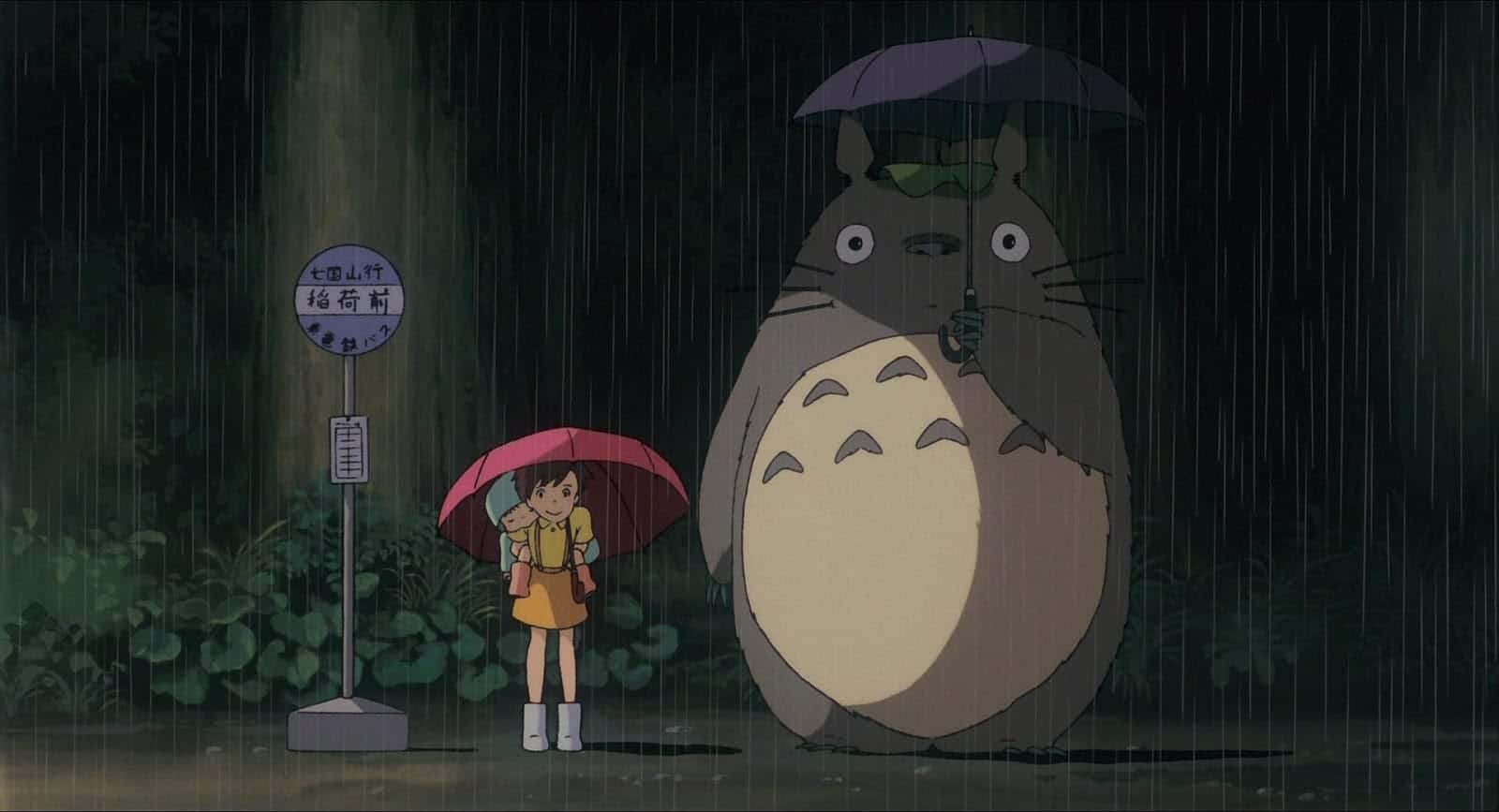
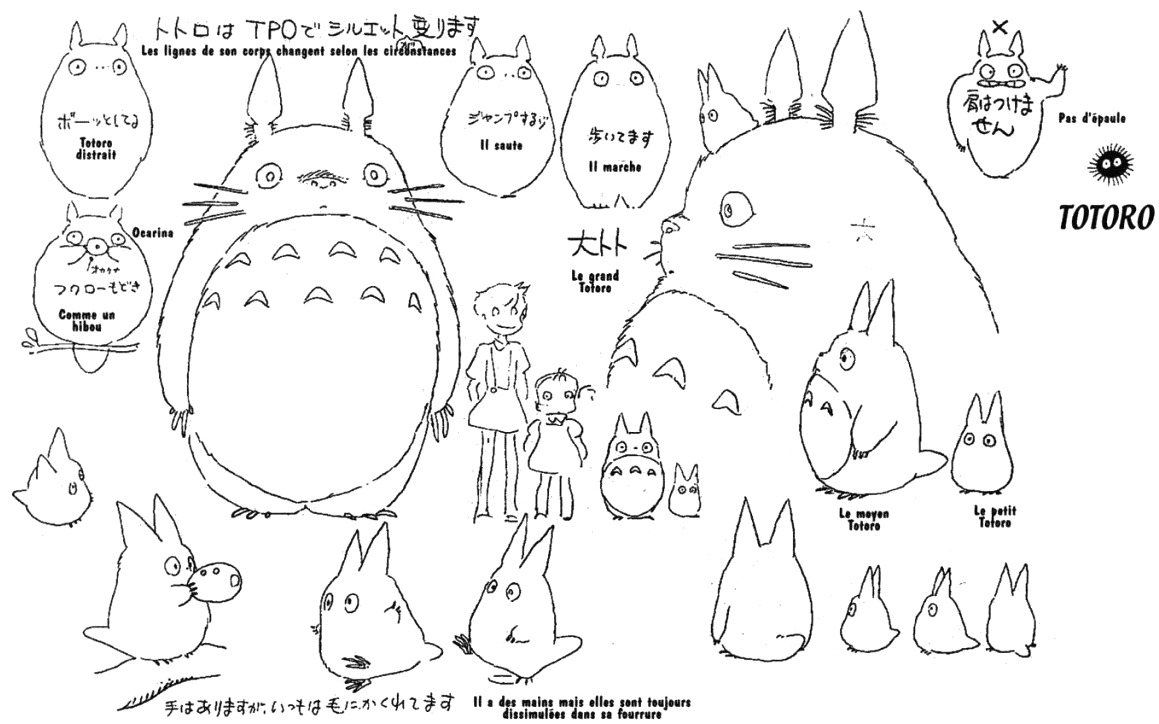
‘Howl’s Moving Castle’ is another visual treat. The storyboard follows the journey of Sophie, a young hatter cursed into old age, as she meets the wizard Howl and gets caught up in his resistance against the king. The storyboard is packed with intricate details of the moving castle, the war-ravaged kingdom, and the magical transformations of the characters. It also underscores Miyazaki’s anti-war stance, portraying the destructive nature of war and its profound impact on individuals and society.

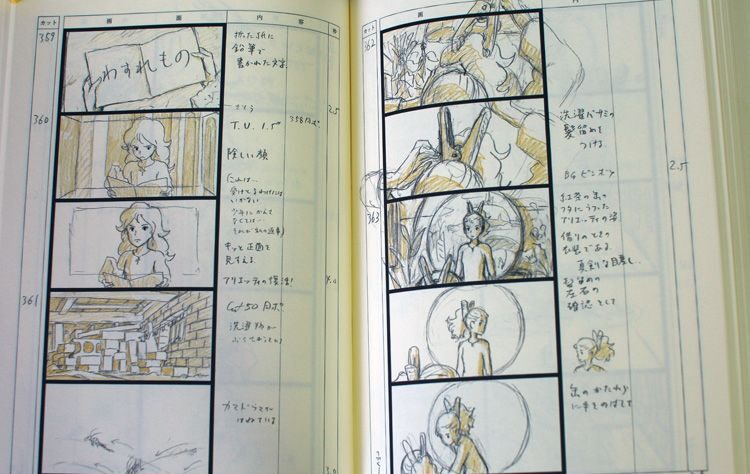
‘Spirited Away’ is a masterclass in visual storytelling. The storyboard tells the tale of Chihiro, a young girl who finds herself in a spiritual world and works in a bathhouse for gods and spirits to save her parents, who have been turned into pigs. The storyboard is filled with detailed sketches of the bathhouse, the various gods and spirits, and the different tasks that Chihiro has to perform. It also delves into themes of environmentalism and pollution, with Miyazaki using the storyboard to illustrate the impact of human greed on the natural world.
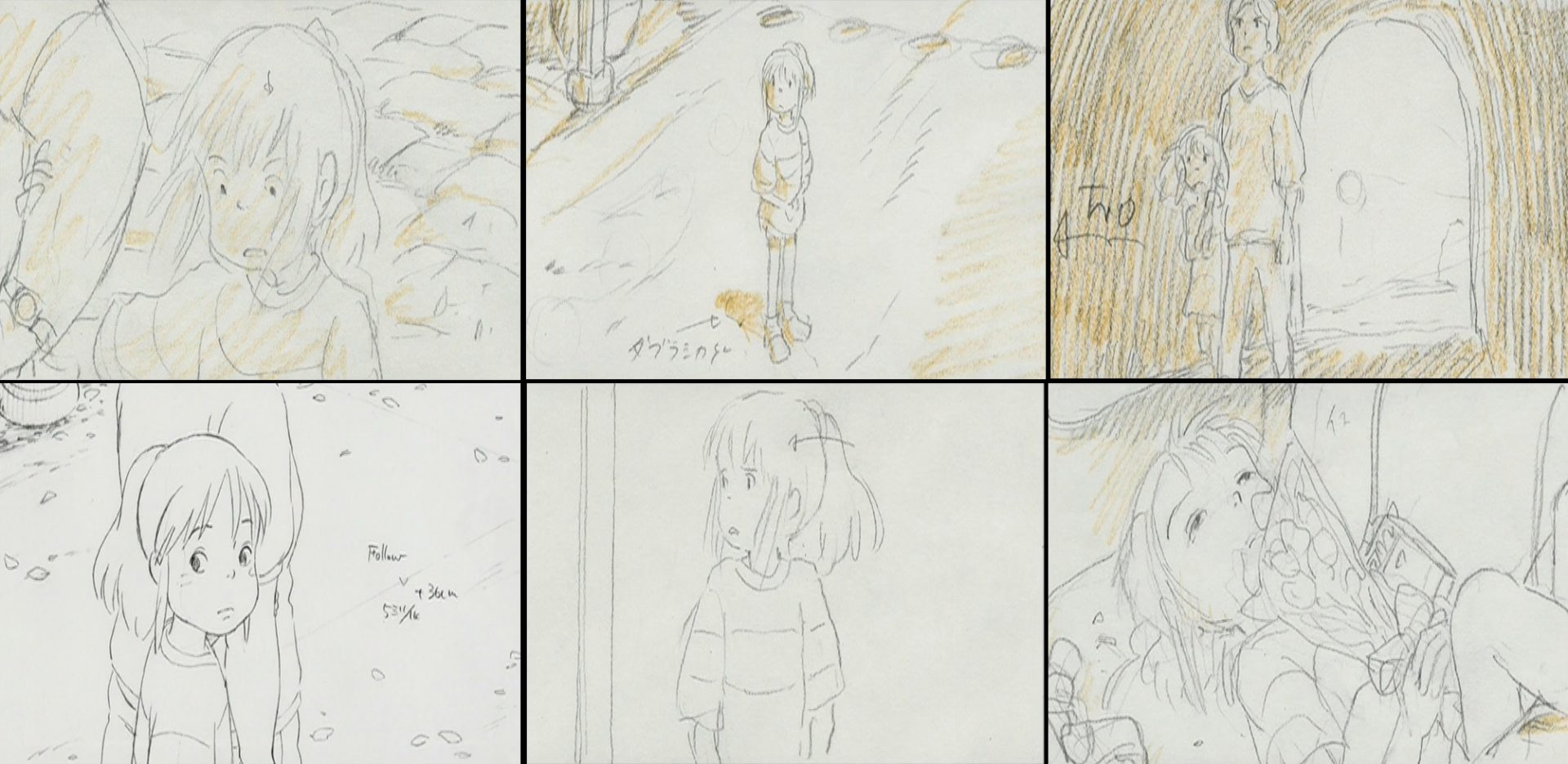
War Category
‘The Wind Rises’ is a testament to Miyazaki’s ability to humanize historical events. The storyboard follows the life of Jiro Horikoshi, the designer of aircraft used by the Empire of Japan during World War II. The storyboard is filled with detailed sketches of the aircraft designs, the process of their creation, and the struggles of the engineer. It also critiques the devastation caused by these machines, with Miyazaki using the storyboard to highlight the human cost of war.
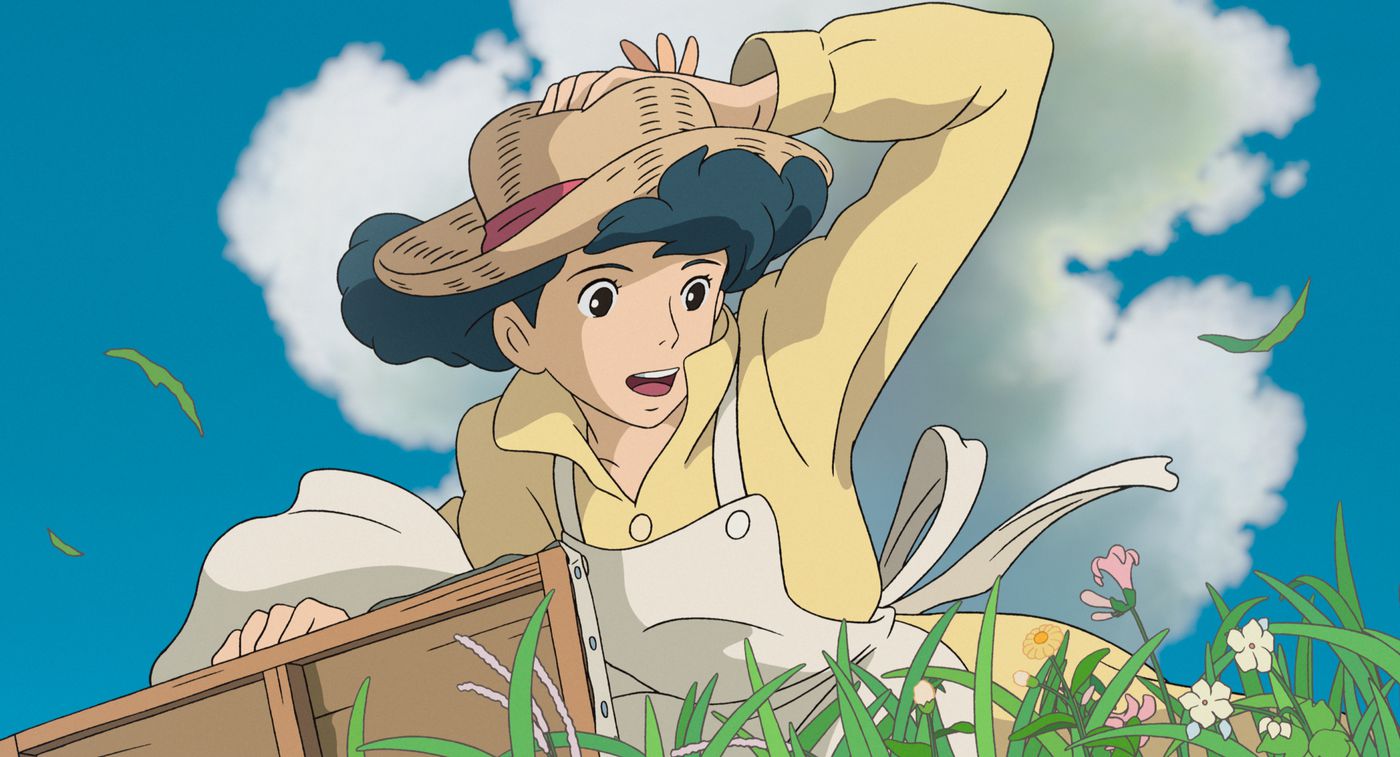

‘Grave of the Fireflies’ brings to life the widespread suffering of the Japanese civilian population during the final months of the Second World War. It follows the experiences of two children, Seita and Setsuko, as they struggle to survive in a war-torn country. The storyboard is filled with poignant sketches that capture the harsh realities of war, from the destruction of cities to the scarcity of food. It’s a poignant commentary on the human cost of war, with Miyazaki using the storyboard to highlight the devastating impact of war on innocent civilians. The storyboard of this film was so intricate and detailed that it almost derailed director Isao Takahata’s career due to the high standards he set for his artists and the resulting production delays.
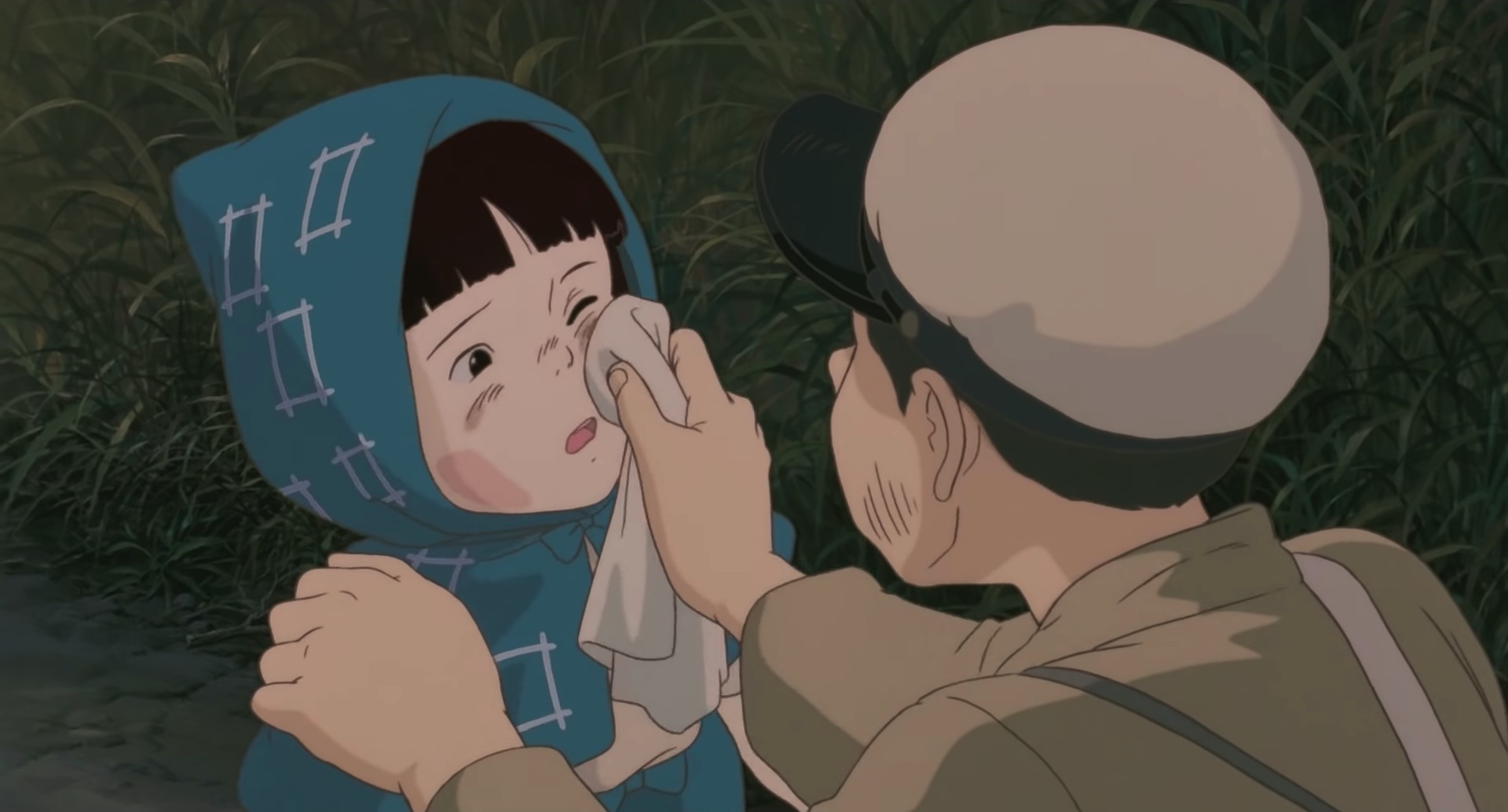
Hayao Miyazaki’s storyboarding process is unconventional and iterative, often starting with a series of images and ideas, which although stressful for his team due to narrative uncertainty, has resulted in films renowned for their narrative depth and visual richness. Despite the challenges, such as starting production without a clear ending, Miyazaki’s method has been largely successful, inspiring many other filmmakers and animators. His storyboards, often considered works of art in their own right, reflect his personal touch and artistic vision, capturing the essence of the scenes and characters he creates.
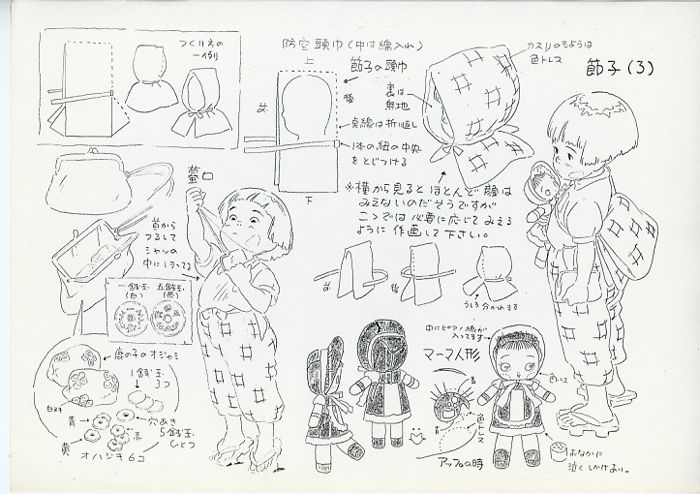
Unraveling the Influence and Legacy of Miyazaki
In his years in the animation world, Hayao Miyazaki was considered “The Godfather of animation,” who has left a profound imprint on the industry, setting a high standard in animation with his intricate storyboards and compelling narratives. His works continue to leap into a different rhythm, harnessing his art of detailed storyboarding and the purity of his hand-drawn animation to craft narratives that shimmer with profundity and emotional complexity.
In the era of Hayao Miyazaki’s storyboarding, he couldn’t continue to shine without a rivalry in the parallel universe of animation, which dwells on Junji Ito, a figure as enigmatic as his horror-filled tales. Ito’s starkly contrasting style is infested with unsettling themes and grotesque imagery, presenting an edgier, darker medium aspect. Despite these contrasting approaches, both Ito and Miyazaki have created waves in their respective arenas, reflecting the multifaceted brilliance of the animation realms.
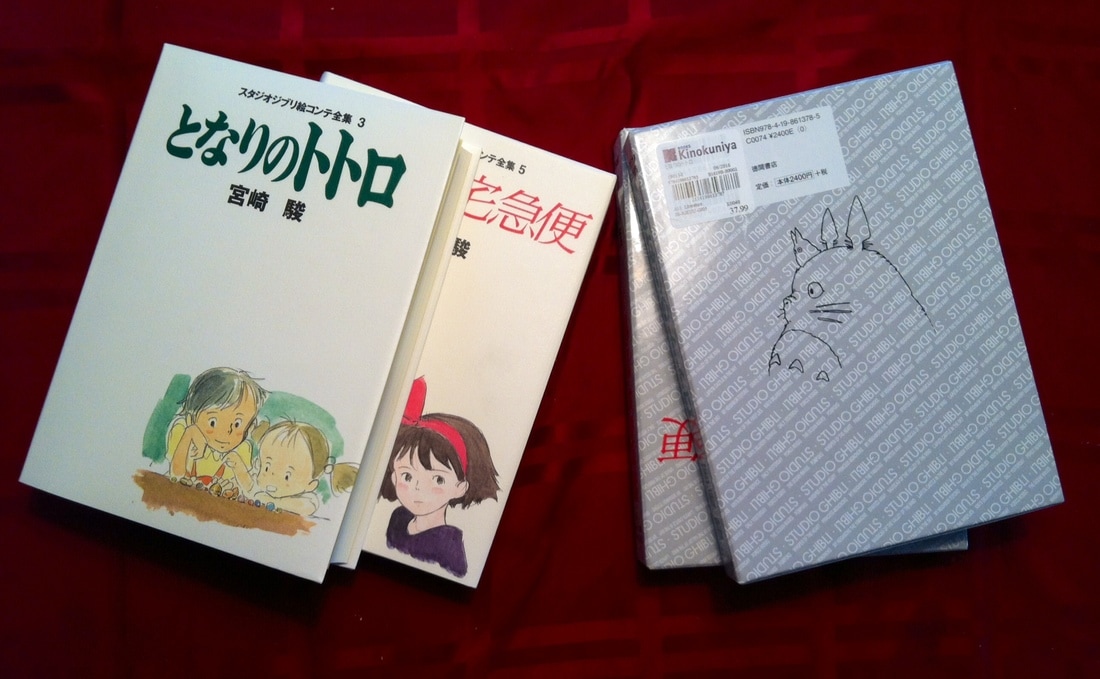
With the popularity of his works of Miyazaki in the animation industry, later on, Disney collaborated with him, which gives him a flung open doors to the global stage, leading to a cascade of accolades, including an Academy Award for ‘Spirited Away’ and the Person of Cultural Merit honor from the Japanese government. Adding to another journey of Miyazaki’s dynamic legacy, his son, Goro Miyazaki, continues his legacy, creating storyboards and directing films for Studio Ghibli.
Conclusion
As the world eagerly awaits Miyazaki’s final film, “How Do You Like?” set to release on July 14 of this year. His unique blend of artistry and technical skill continues to reshape the animation industry. In a departure from tradition, the film will be released without trailers or marketing, a move reflecting Miyazaki’s unconventional, creative process and steadfast commitment to his craft. His meticulous attention to detail, commitment to hand-drawn animation, and emphasis on narrative depth continue to inspire the animators world, serving as a testament to his enduring legacy in the animation world.





